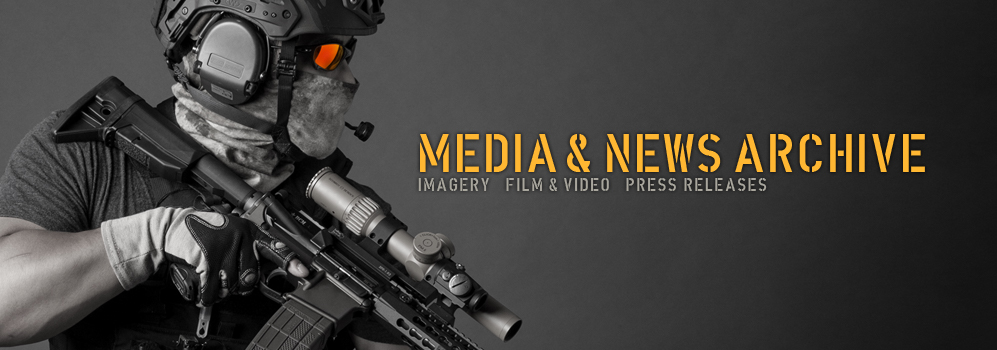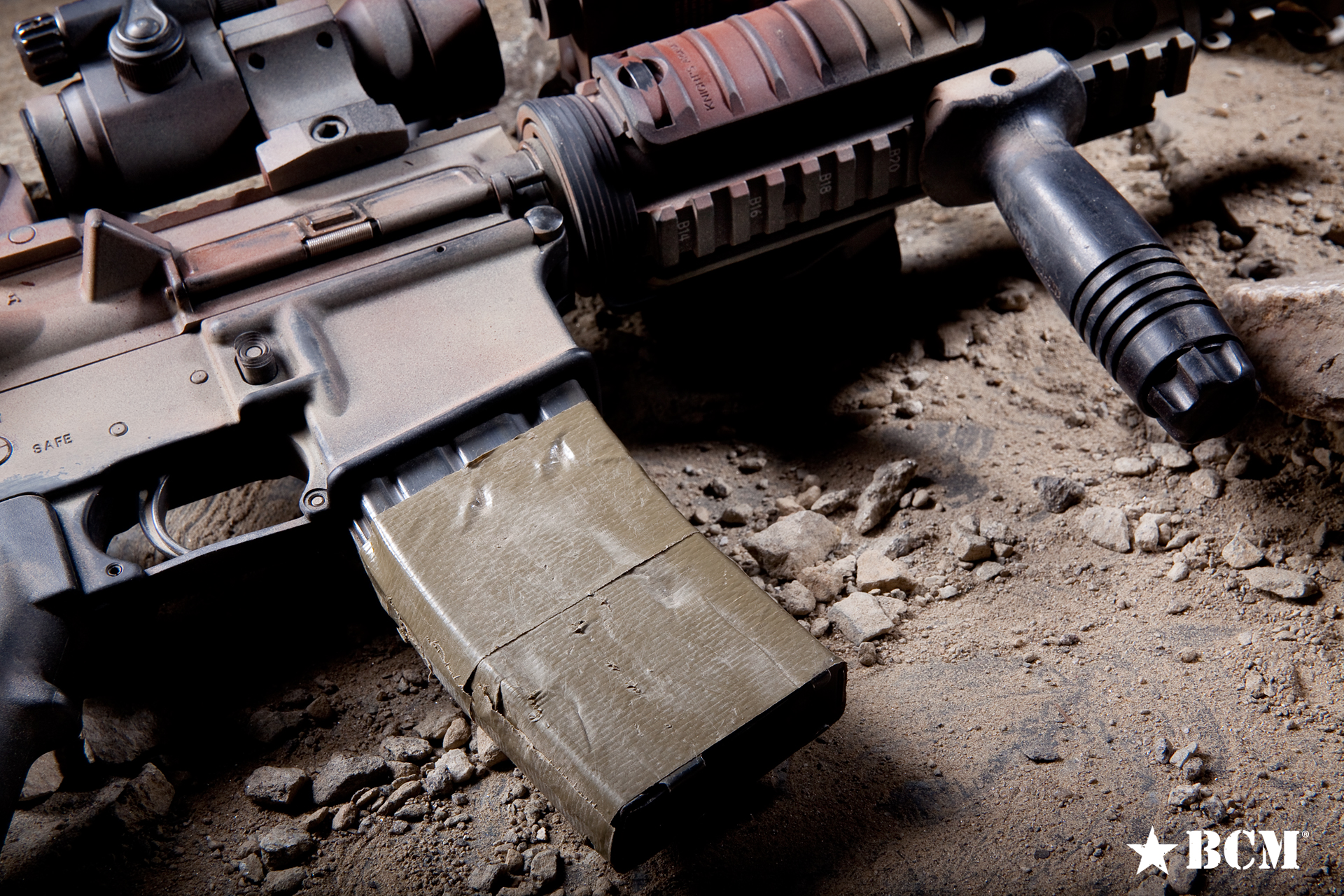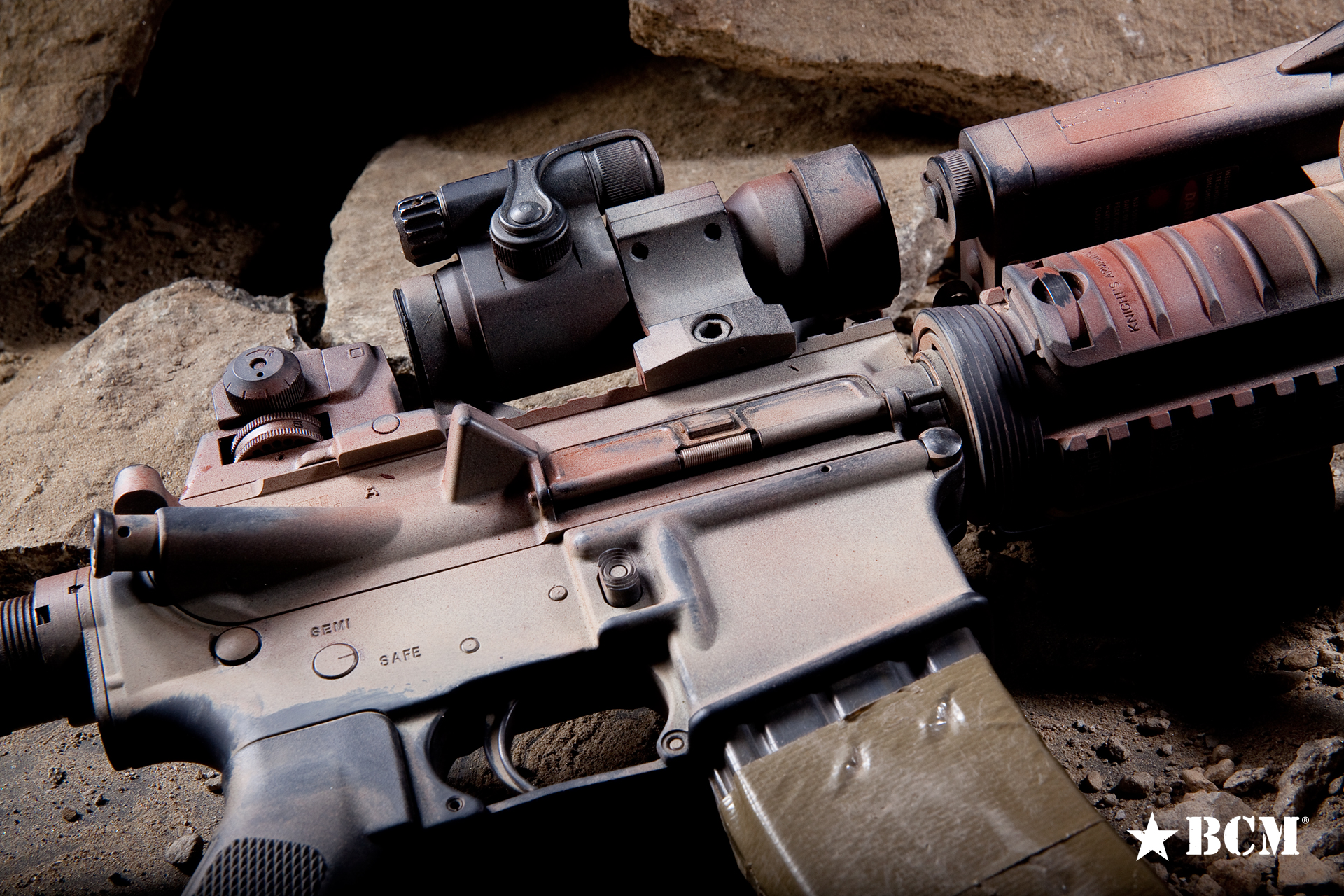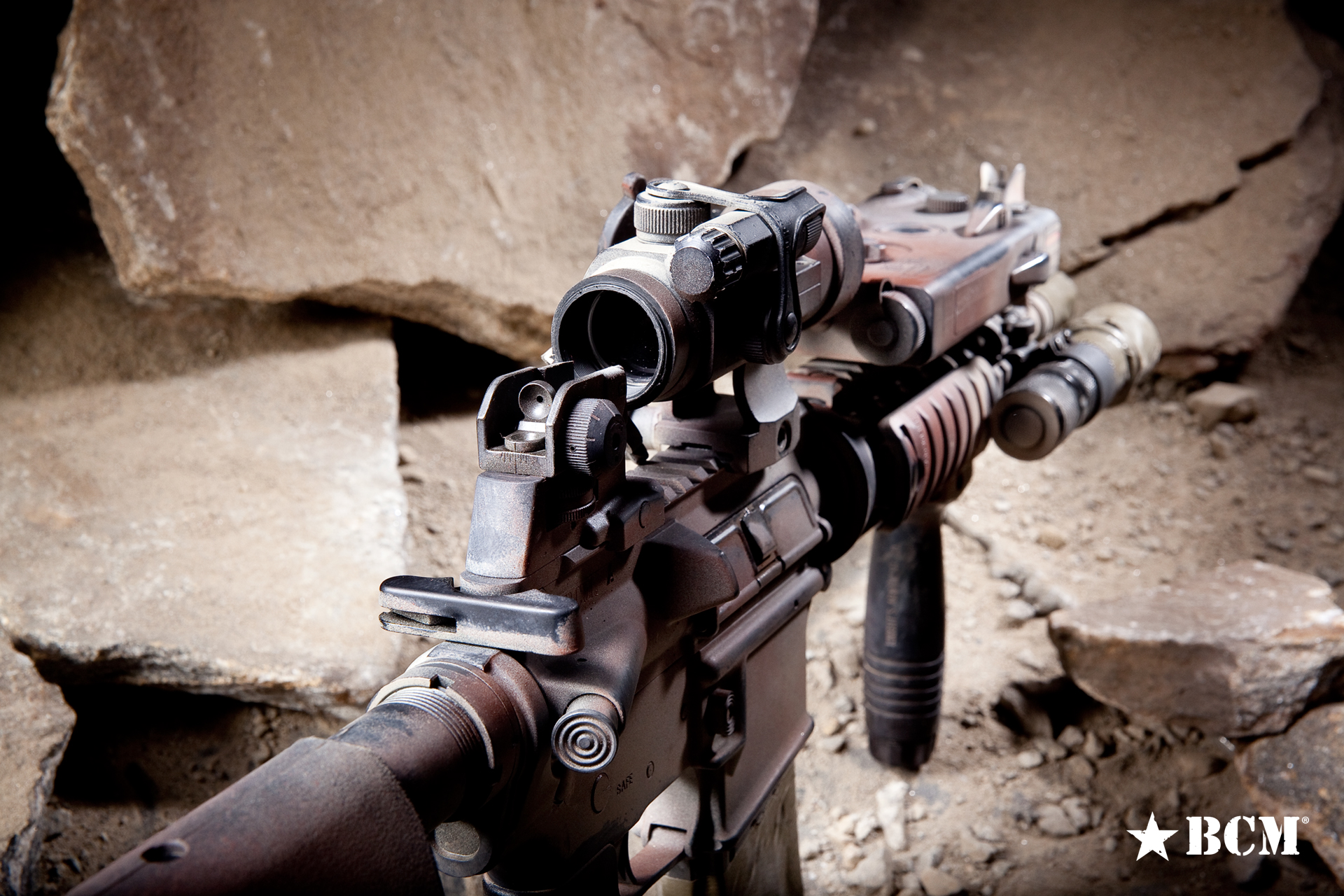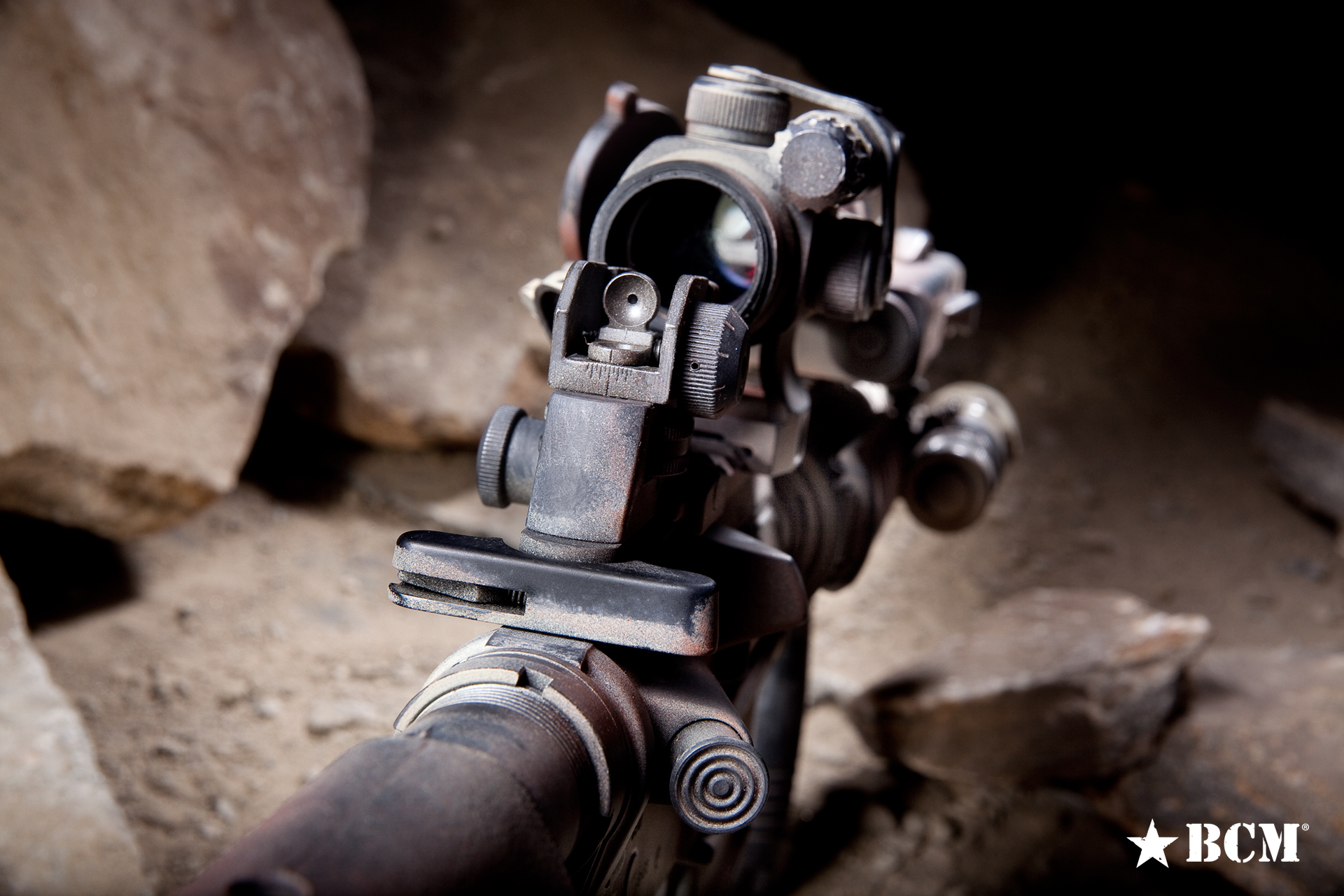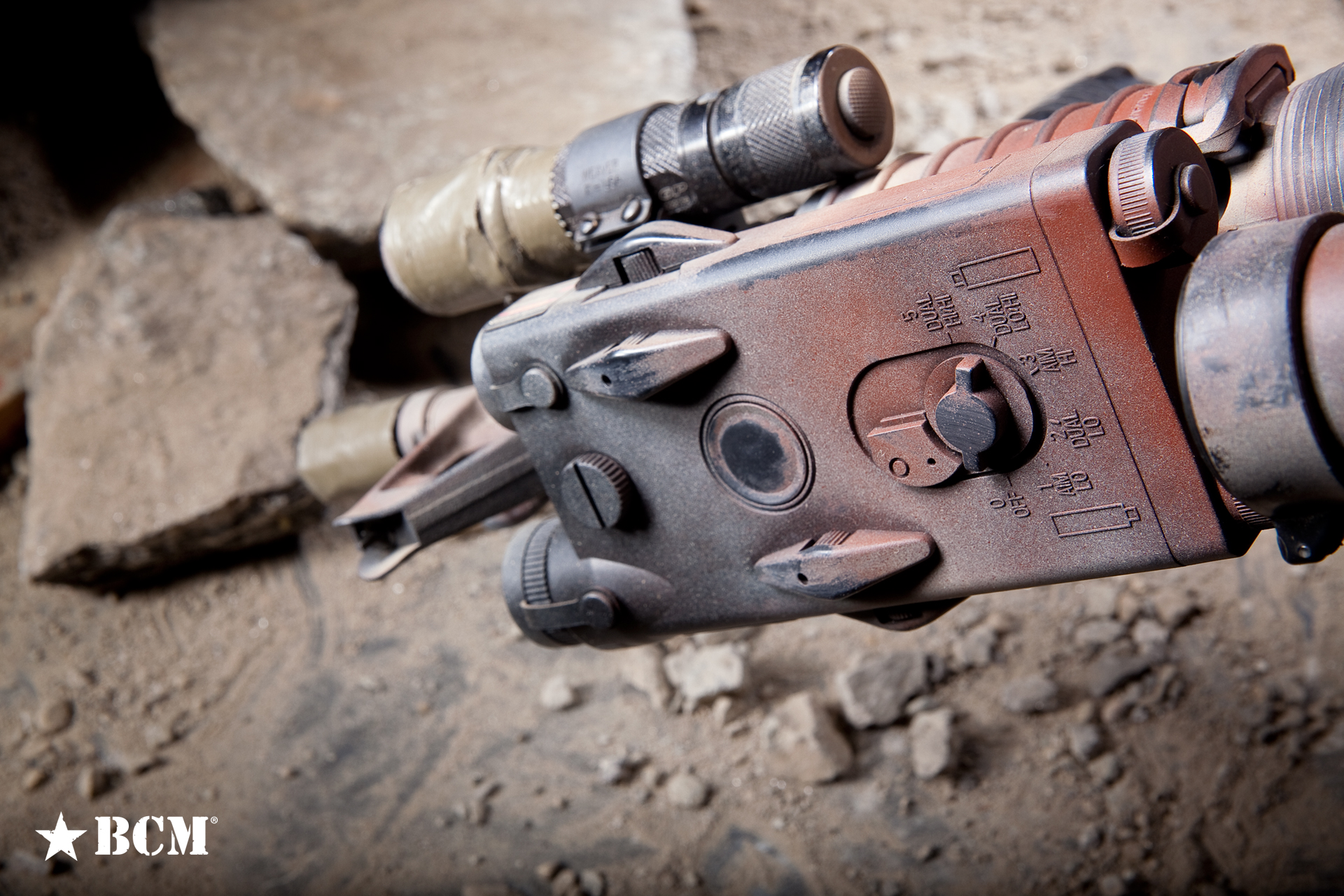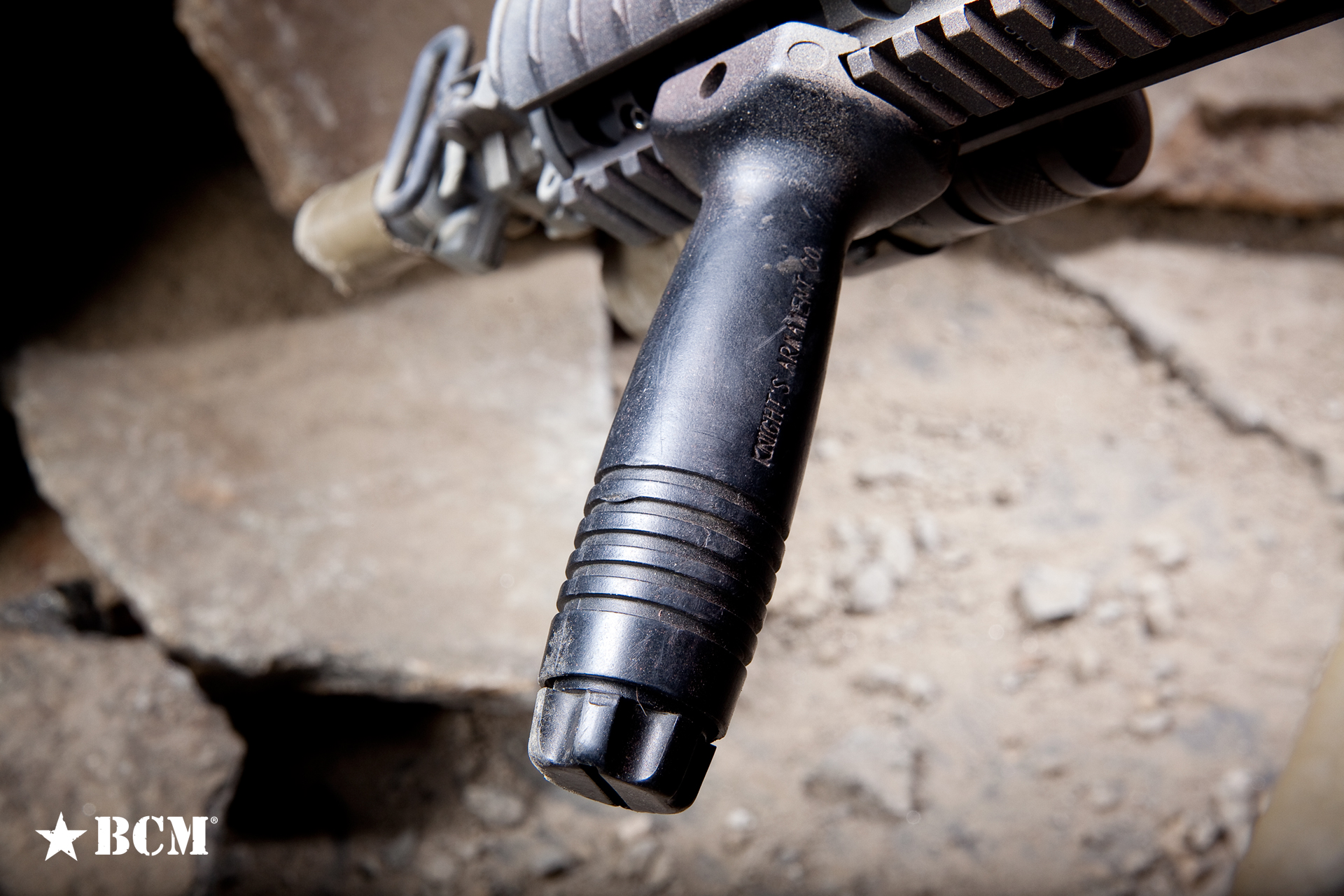It happened around 1994.
We were finally given approval to use a carbine for CQB (Close Quarters Battle) versus the H&K MP5 submachine gun that we had worked with exclusively up until that point. The MP5 had been the weapon of choice for CQB by the British SAS and both Army and Navy Special Operations Forces were heavily influenced by how the Brits had run their operations. But after studying the performance in the field, from special operations in Vietnam to the hostage rescue mission at Princess Gate, the decision makers in the US realized that a rifle caliber was needed, even at CQB distances inside rooms.
Put simply, a shoulder fired weapon shooting a pistol caliber round was not regarded very highly, and no one had the confidence to actually take it on a real mission. To this end, during Operation Just Cause (Panama) and Operation Gothic Serpent (Somalia), both The Unit and The Command deployed with highly modified CAR-15s. Experiences there cemented the utility and lethality of what would become the one of the most effective assault weapons of all time.
I remember being issued my M4, very clearly. Our “new” carbines weren’t really that new on the inside, but they featured a few game changing modifications that would improve the lethality of the weapon over the CAR-15s we had been using to that point.
One of the things most of the guys did, was to take a hacksaw and cut the removable carry handles down to create a bomb-proof fixed rear iron sight. This made room for the literally brand new “red dot” mounts that attached directly to the 1913 Rails on the upper receiver. One of the less than stellar side effects of having a fixed carry handle carbine was that any optics had to be mounted on top of the carrying handle giving the shooter a chin weld versus a solid cheek weld. Mounting optics this way also rendered the iron sights useless as they were obscured by the optic mounts. (I still laugh that companies are still making the same rear iron sight today that we “invented” by chopping the carry handle.)
The plastic hand guards were replaced with a 7 Inch 1913 Picatinny Rail System built by the Knights Armament Company. The 1913 rails allowed us to attach a light and a PEQ-2 laser without hose clamps, safety wire and duct tape. The rail system also allowed us to attach a Knights Armament vertical fore grip to the carbine which lined up with the MP5Ks we had trained with for so many years prior. What we also figured out was that the use of a vertical for grip on a 7 inch rail made it way easier for the shooter to manipulate their light and PEQ-2 laser.
It wouldn’t be until years later, with the HK 416’s 9 inch rail, that guys were able to start going without a vertical fore grip because the extra 2 inches of handguard created enough space for laser and light to be activated without any unnatural contortions of the arms and hand.
Finally, Knights also made the flash hider that would accept their first ever successful quick detach suppressor. While these suppressors added several inches to our 14.5″ M4s, we ran them 100% of the time, because of the advantage they gave us in terms of muting the sound and flash signature.
Still, it would be another year before we took delivery of the first Surefire 6P in an ARMS mount and an Aimpoint Comp M2 paired with either an ARMS or Wilcox mount, depending in where you worked. It was at this point, that we finally had one gun to do-it-all.
Not long after, we were deployed to Sarajevo, snagging war criminals and taking them to The Hague for trial. With a few dozen missions under our belts, we started eyeballing a shorter version of the gun, specifically driven by our constant use of suppressors that made the M4s unwieldy for use in the low visibility and CQB missions we were tasked with.
When we got back, we started working with Crane and the Shorty M4, as it was called by the guys in The Command, was born.
- 10.3″ Barrel with 1:7 Twist
- Carbine Length System
- Improved Buffer
- Knights Armament RIS (7″)
- Standard Front Sight Tower
- Cut Down Rear Carrying Handle
- Knights Armament Vertical Fore Grip
- Aimpoint Comp M2
- Wilcox Aimpoint mount
- Surefire 6p with Wilcox mount
- SOPMOD Stock
- Boonie Packer 2 Point Adjustable Sling (who else remembers that!!!!)
This is the gun that both Tier 1 units originally took to war before the 416. It was the first real rifle caliber gun that we had been issued that worked well for a commando mission. Compact, light, easy to load in vehicles, easy to jump and overall a better CQB weapon which was our primary tasking.
This set up has killed a metric ton of bad dudes.
In my opinion, this is the gun that won the war. This is what we had when we figured out how to do assaults, ambushes, reconnaissance and just about everything else we had to do in Afghanistan.
Over gassed? Check. Needs more lube than a typical M4? Check. Sucks for getting dirty when shooting with a suppressor? Double check. But nothing is perfect.
The IR filters for our flash lights required duct tape to stay in place on our 6P lights and the QD suppressors required duct tape to stay attached to the barrel. On the old Aimpoints, we had to even duct tape the on/off knobs to prevent them from falling off. We ran out of barrel caps and had to duct tape the barrels to keep dirt out during helo operations. The list goes on, but I’ll put it up against any modern weapon as long as it’s in the right hands. The carbine worked wet, it worked in the sand, it worked in the dirt, it worked at altitude and it shot out the 200 yards no problem.
This was not an Army Soldier’s carbine. It was not a Marine’s rifle. It was an Assaulters weapon, period.
v/r Kyle Defoor
